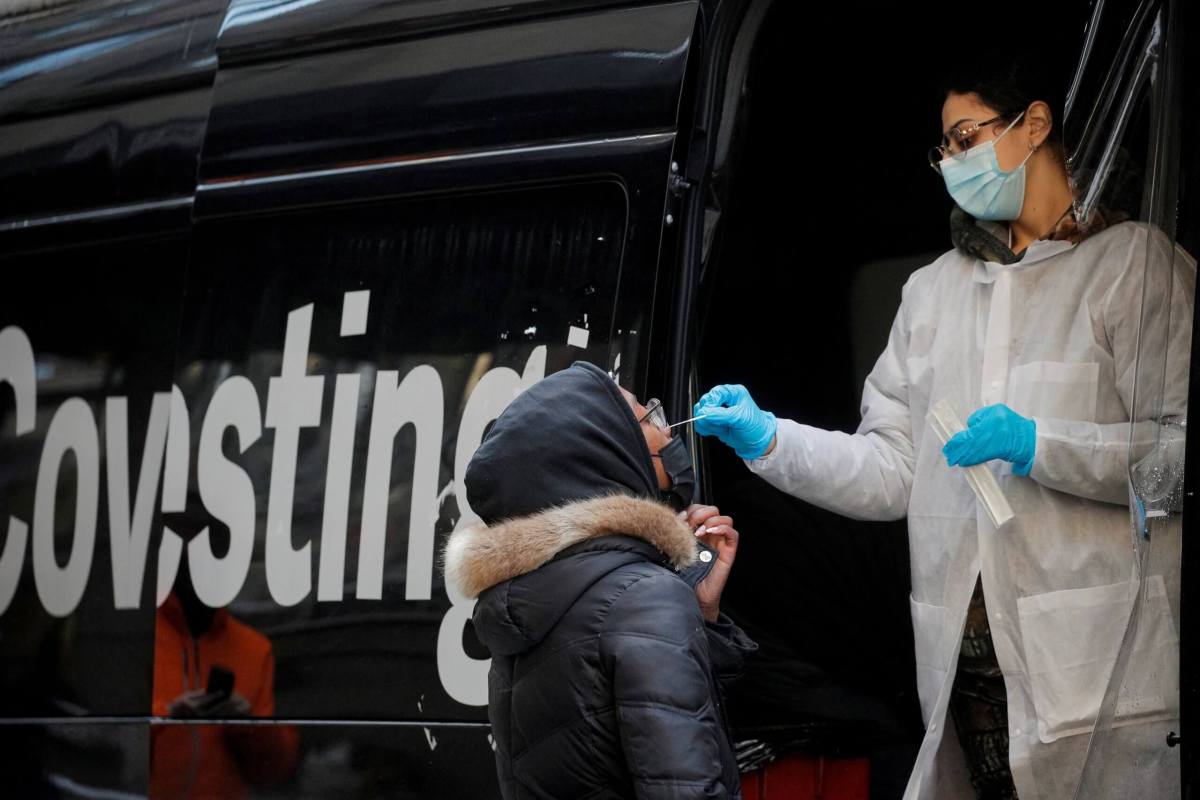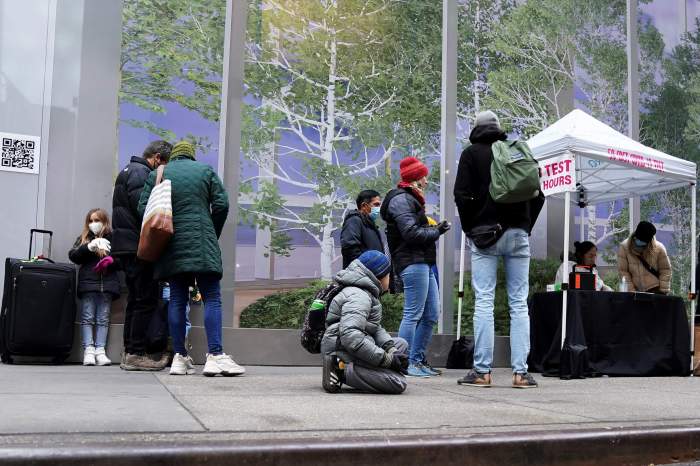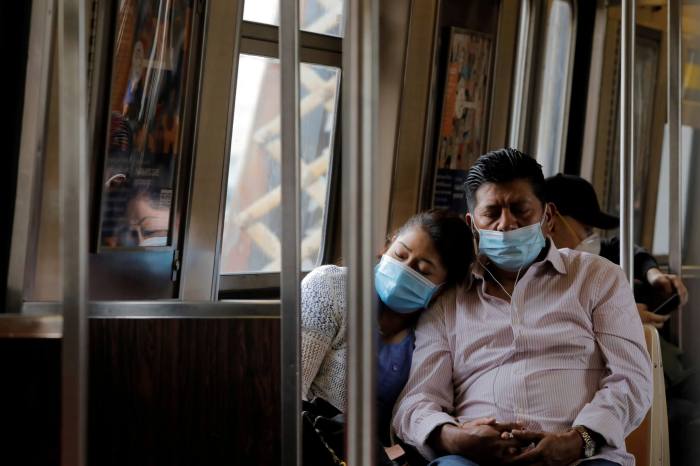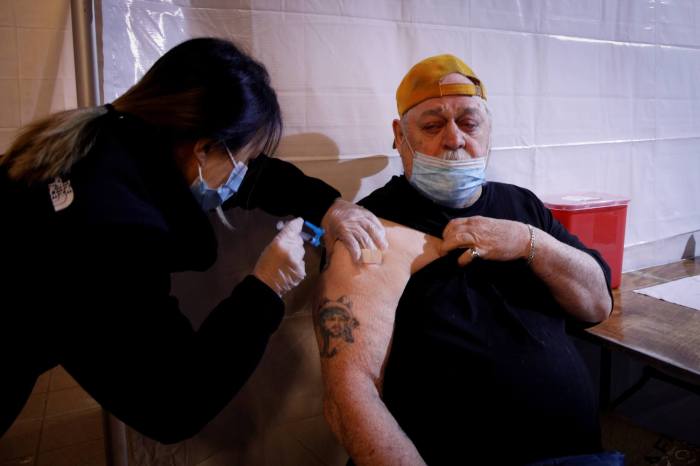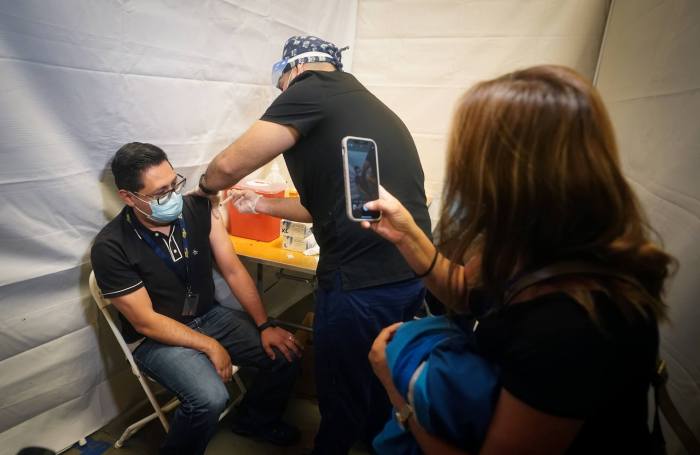The fast-moving, highly contagious Omicron variant of COVID-19 has sent New York City into uncharted territory in the nearly two-year-old pandemic, with a 7-day positivity rate of 32.64% and a 7-day daily case average of 32,799 reported on Jan. 7.
But as brutal as the numbers are right now, there’s some indication within the recent data from the New York City’s Health Department that the Five Boroughs may be nearing, or beginning to move past, the peak of this latest (and highest) wave of COVID-19 infections.
Additional data is needed to demonstrate whether the city has indeed reached the peak of this crisis, which Health Commissioner Dr. Dave Chokshi indicated on Jan. 5 might still be weeks away. Yet there are some encouraging signs.
Take, for instance, the transmission rate, which measures the spread of COVID-19 across the city. The 7-day transmission rate for the Five Boroughs on Jan. 2 stood at 3,261.35 cases per 100,000 — but two days later, on Jan. 4, that number had dropped to 2,753.95 per 100,000.
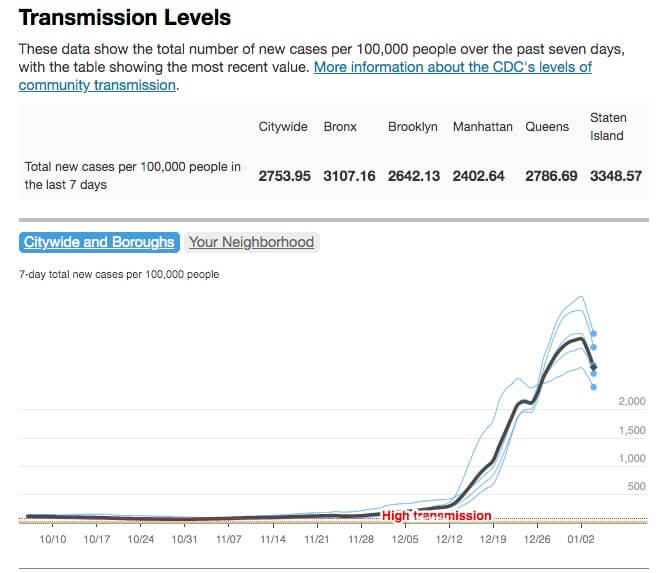
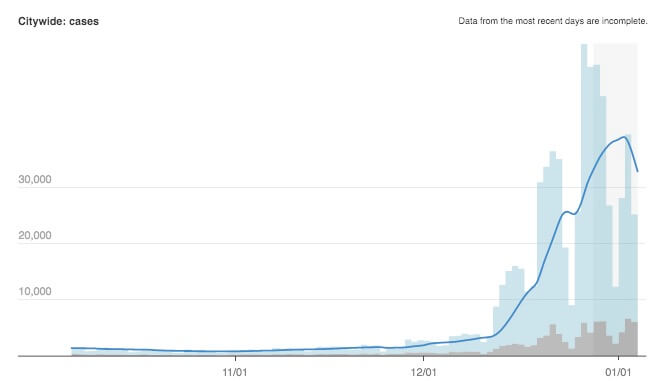
Similar declines were seen in the 7-day positivity rate, from 34.42% on Jan. 2 to 32.59% on Jan. 4; the 7-day daily case average, from 38,842 on Jan. 2 to 32,799 on Jan. 4; and the 7-day hospitalization rate, from 797 on Jan. 2 to 586 on Jan. 4.
Even so, the city is still getting hit hard with more COVID-19 cases than ever before. The CDC estimates that more than 90% of all new infections are believed to be the Omicron variant; highly contagious as it is, health experts indicate that this form of COVID-19 isn’t quite as severe as previous versions of the disease.
Hospitalizations are still rising across the city, with the vast majority of cases involving previously unvaccinated New Yorkers. The city’s Health Department reported that, as of Dec. 18, the hospitalization rate for unvaccinated persons was 79.16 per 100,000. That’s 14 times higher than the hospitalization rate for vaccinated persons, which was 5.64 per 100,000.
Breakthrough cases are being reported across the city among vaccinated individuals who nonetheless contracted COVID-19. But the case rate among vaccinated persons (457.4 per 100,000 people) is still about seven times less than the case rate among the unvaccinated (3,292.65 per 100,000).
The death rate is also sharply higher among unvaccinated New Yorkers — 4.48 per 100,000 as of Dec. 18. That’s 11 times higher than the death rate for vaccinated New Yorkers, which is 0.4 per 100,000.
As for communities hardest hit by COVID-19, the city’s Health Department reports 23 communities with a 7-day positivity rate of 40% or higher between Dec. 29, 2021 and Jan. 4, 2022. The vast majority of them, 15 of the 23, are in the Bronx.
Hunts Point (ZIP code 10474) had the highest 7-day positivity rate of them all, at 45.38%, with 226 new positive cases diagnosed during the period. That was followed by Belmont/Claremont/Mount Hope/Tremont (10457) with 43.59% and 1,706 new cases, and Concourse/Highbridge (10452), with 42.66% and 1,794 cases.
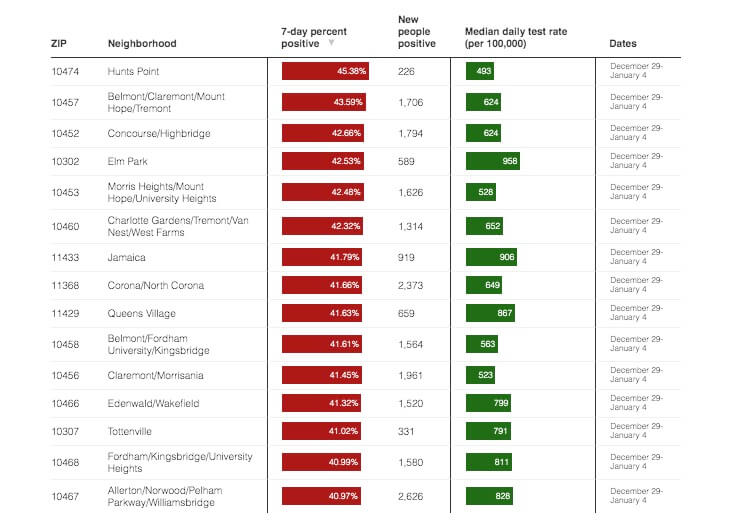
Another Bronx neighborhood, Allerton/Norwood/Pelham Parkway/Williamsbridge (10467), had the most COVID-19 cases between Dec. 29-Jan. 4, with 2,626, good for a 40.97% 7-day positivity rate.
Two Queens communities which had suffered the most during the deadly first wave of the COVID-19 pandemic are also getting hit hard with cases. Corona/North Corona (11368) had the second-most new virus cases during the period with 2,373, and a positivity rate of 41.66%. Elmhurst (11373), once the epicenter of the city’s crisis, had the third-most cases this past week with 2,228 and a 37.6% positivity rate.
These three areas were among eight across the city with more than 2,000 new COVID-19 cases reported between Dec. 29-Jan. 4.
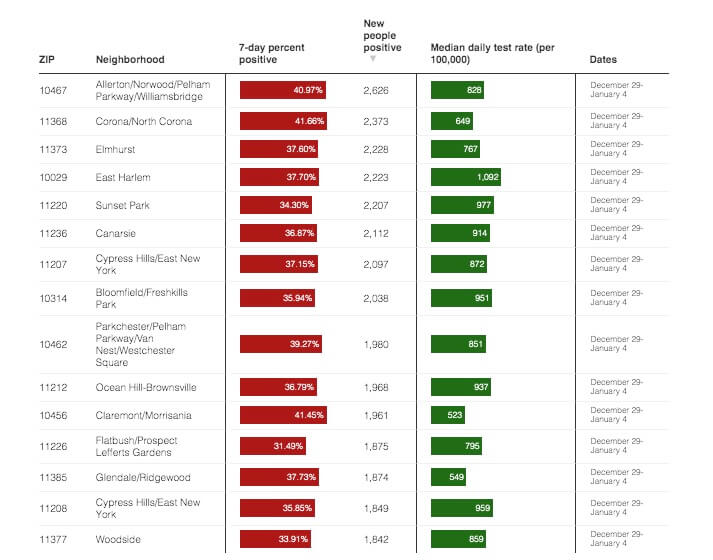
On the opposite end of the spectrum, 15 areas of the city registered 7-day positivity rates below 20% for the period. While the area with the lowest rate was in Brooklyn — Bedford-Stuyvesant/Clinton Hill/Fort Greene (11205), at 14.59% and 692 cases — 11 of the 15 areas with the lowest positivity rates in the city were in Manhattan.
The Financial District (10004) had the fewest new cases reported during the week, with just 62 diagnoses and a 20.53% 7-day positivity rate.
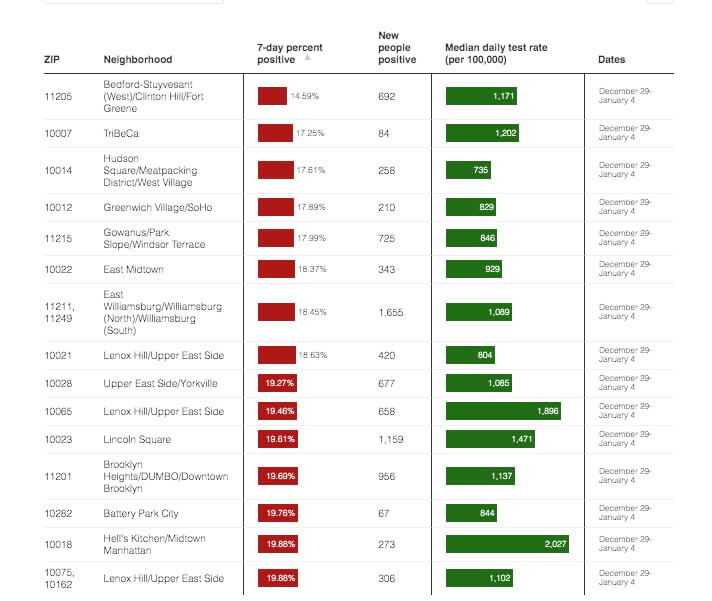
Because the vaccines are effective at reducing the severity of COVID-19 symptoms, health officials continue to advise all New Yorkers to get the shot, and a booster dose if they’re already fully vaccinated.
The city reported that 2,305,943 people have received an additional dose of the COVID-19 vaccine. That’s about 37.9% of the 6,083,627 fully vaccinated New Yorkers.



